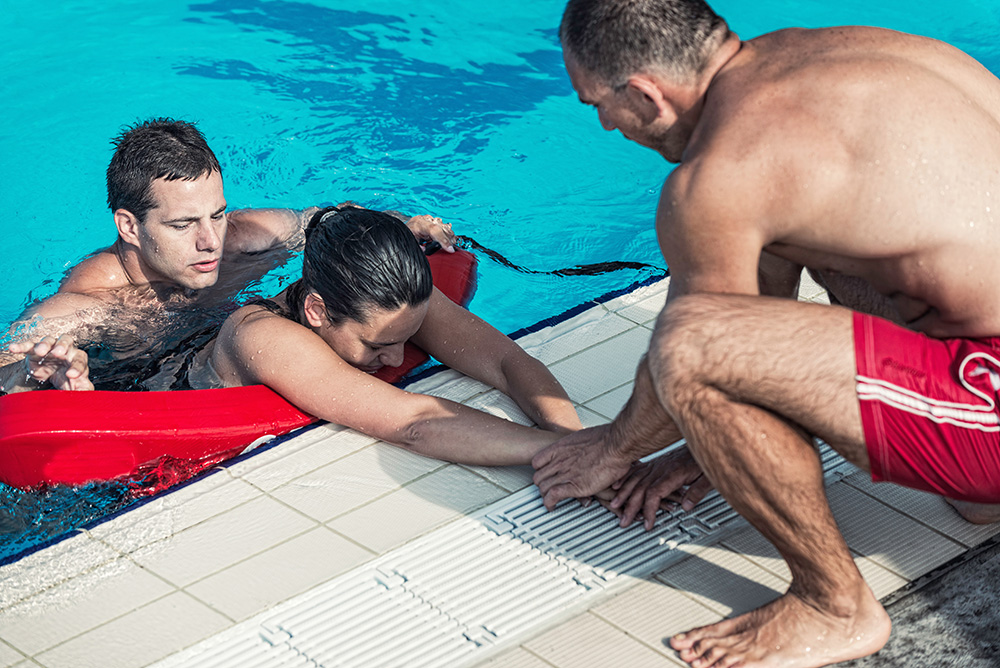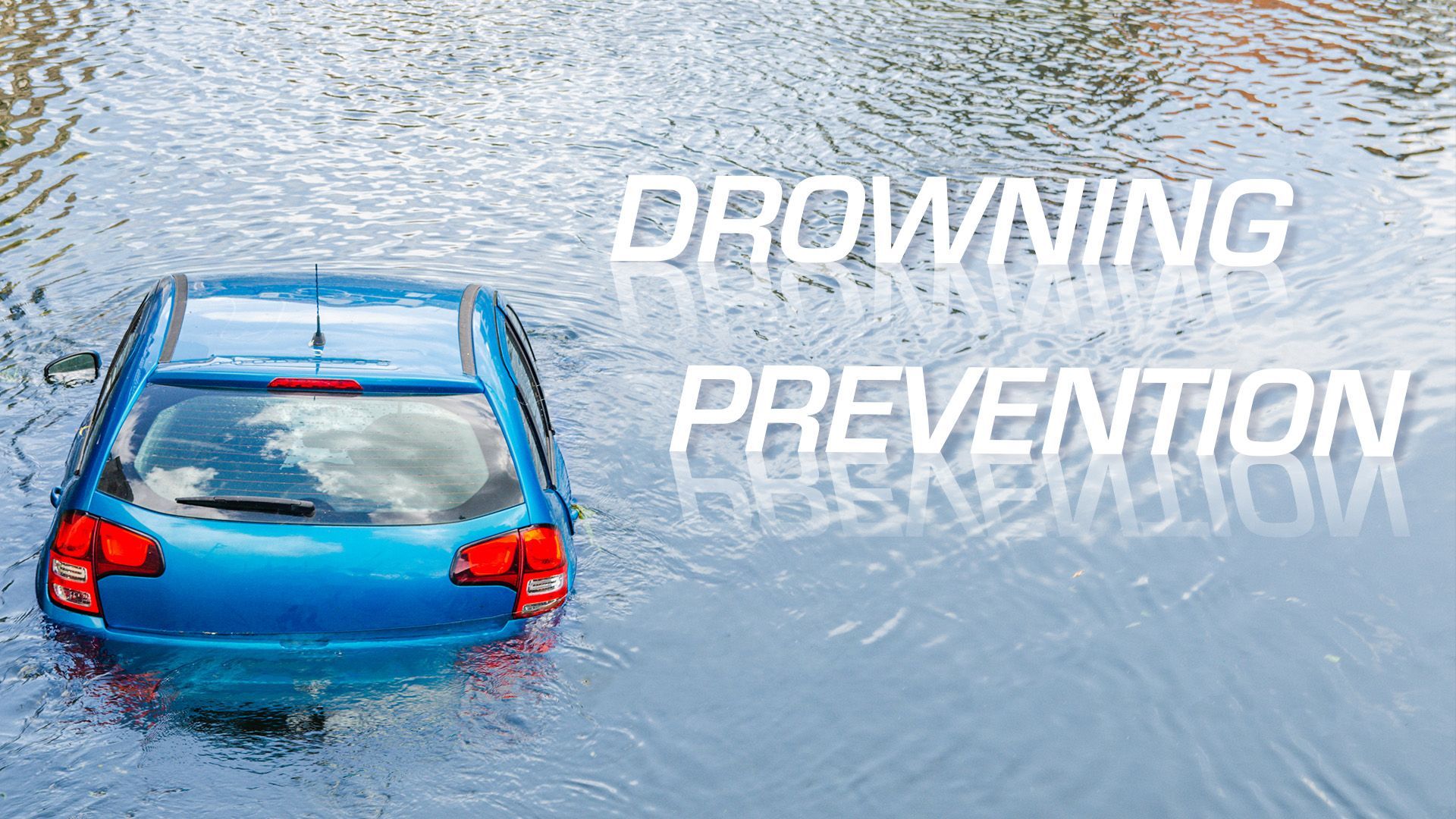Header Image by © Aliaksandr / Adobe Stock
Drownings can happen anytime, are you ready? Let's take a look at Prevention and Initial Resuscitation.
RISKS: young, male, weekends, low/middle income countries. Untrained rescuers often die attempting.
TERMINOLOGY: Submersion= airway below water, Immersion= airway above water. No more “near”, “wet”, or “dry” drowning, just drowning -with morbidity, -no morbidity or -mortality.
Submerged Vehicles: Don’t follow movie advice! Get out immediately, while it's floating. SWOC = Seatbelts off, Windows down, Out immediately, Children first. In Water Resuscitation- Rescue breathing can work (trained rescuer with lengthy distance from shore), chest compressions don’t work in water.
Resuscitation: Priority should be given to Airway, Ventilation (positive pressure), and Oxygenation (highest concentration available).
AED- Typical drowning rhythm is Sinus tach – Bradycardia – PEA – Asystole. V-Fib is rare so keep focus on airway and ventilation. AED can be used in wet environments and on moving boats. Heimlich maneuver (and cartoon style pumping legs back and forth, etc..) is not recommended.
C-Spine: Follow current C-Spine guidelines, evaluate for injury especially if high risk (diving).


Ventilation strategy- Follow ARDS protocols as injury pattern is similar. NIPPV- use but be cautious for vomiting/aspiration. --- Radiology- Initial CXR does not correlate with outcome or disposition, CT brain- If normal, it has no prognostic value (no indication to get one in awake, alert patient). --- Lab testing- Hemodilution and red cell lysis doesn’t happen (it was based on studies where they put large amounts of water (44ml/kg) directly into canine lungs, and not the typical (1-3ml/kg) of water for human drowning. May use ABG to guide ventilation support. --- Empiric Antibiotics? No. --- Empiric Corticosteroids? No (limited evidence)--- Therapeutic hypothermia? Insufficient evidence
Evacuate? Yes if- abnormal lung sounds, severe cough, frothy sputum, foamy material in airway, depressed mentation, or hypotension. No if- Asymptomatic (other than mild cough) and normal lung sounds (have someone with them for 4-6 hours).
Cessation of efforts: Significant mortality if submersion > 30min in water > 6C/43F, or >90min in water <6C/43F, or after 25min of continuous CPR.
ED discharge? After 4-6 hours of observation with normal mental status and normalized respiratory function.
Additional Reading - The Wilderness Medical Society (WMS) Clinical Practice Guidelines for the Treatment and Prevention for Drowning - updated in 2019


